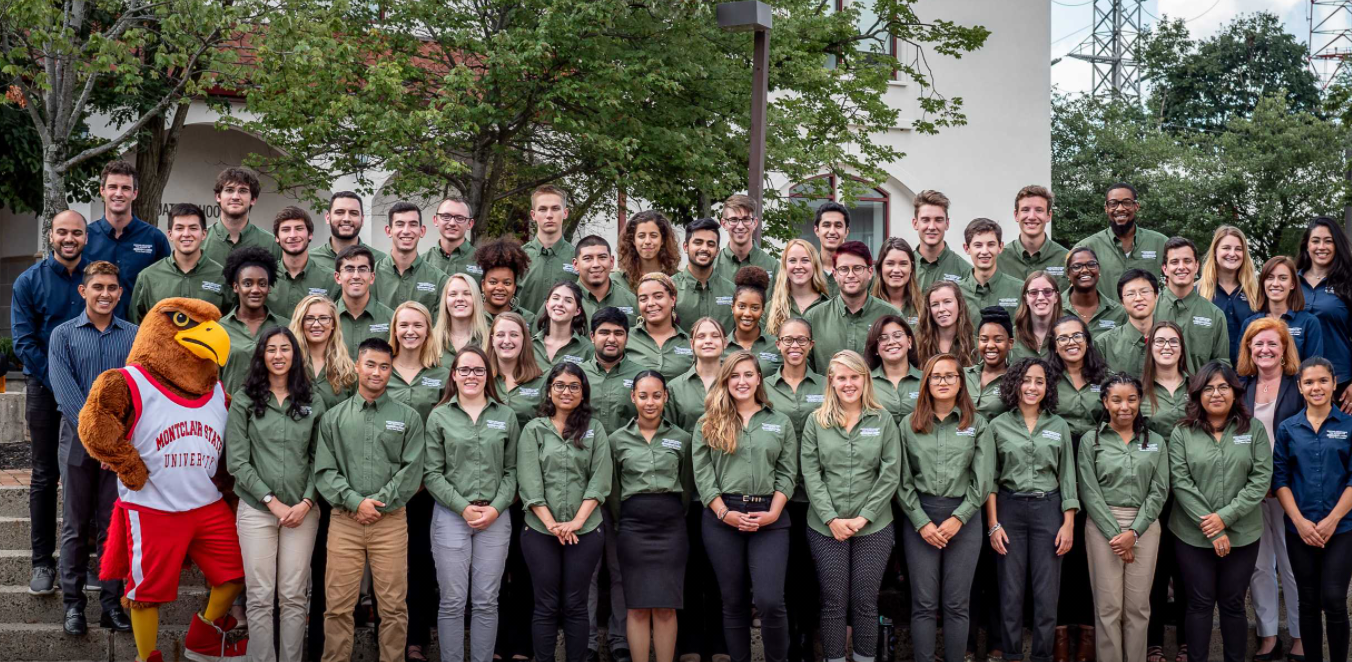Document Type
Poster
Publication Date
6-2022
Abstract
Need:STEM students develop science literacy skills through required science and mathematics courses. Non-STEM majors, on the other hand, often leave college with poor science literacy and little understanding of their potential to contribute to the scientific enterprise. This is unfortunate since the STEM enterprise critically needs (and offers high salaries to) employees with the kinds of communication skills in which non-STEM majors often excel. STEM organizations would be strengthened by encouraging skilled STEM-literate colleagues from non-STEM disciplines to join them. Such matches are difficult to facilitate because many non-STEM majors do not choose science courses, often because of the teaching methods involved. Guiding Questions:We have developed the Green Teams program around evidence-based approaches, including real-world connections, project-based learning, social and peer support, and active learning opportunities. Underrepresented students tend to be more engaged and successful when they connect their academic activities to the well-being of society and non-STEM students are drawn to the program through their interests in sustainability. Green Teams 1) Offers students paid training to participate in STEM-projects; 2) Develops cross-disciplinary networks; 3) Requires intensive teamwork; 4) Presents strong STEM role models; and 5) Builds corporate-academic-community partnerships. We will specifically investigate the effect of participating in transdisciplinary Green Team internships on STEM and non-STEM majors’ science literacy, STEM disposition (understanding of STEM work environments and appreciation of how different skill sets benefit the STEM enterprise), sense of belonging, and career goals (for example, desire to seek employment in a STEM environment). Outcomes:This project will generate knowledge about practices that engage groups of diverse and underrepresented students to improve their science literacy, science disposition, and refine career choices, while developing a replicable model for implementation by other organizations.Broader Impacts:The Green Teams internship program will improve diversity and inclusion in the STEM workforce by providing training and experiential learning that equalizes access to internships. To lower barriers to participation, the program pays students and bases selections on a variety of criteria beyond GPA. The program supports students by creating college to career pathways in STEM fields for both STEM and non-STEM students.The Green Teams experience broadens opportunities for non-STEM majors to contribute to STEM projects and for STEM majors to gain business and social elements they will need to succeed in the STEM workplace. All participants reinforce their science literacy through training and by using scientific knowledge and skills to solve real-world problems. The products of the summer internships result in more environmentally friendly practices and products at companies and organizations, contributing to a more sustainable future for all.Corporations increasingly recognize the value of multiple perspectives in team-based problem-solving and expect institutions of higher education to develop both academic and workplace skills. The Green Teams model addresses this grand challenge through transdisciplinary academia-industry collaborations in STEM.
MSU Digital Commons Citation
Goodey, Nina; Tuininga, Amy; Emery, Elizabeth; and Besen-Cassino, Yasemin, "Developing STEM Literacy and Career Paths through Inclusive Team Internships" (2022). PSEG Institute for Sustainability Studies Presentations and Proceedings. 1.
https://digitalcommons.montclair.edu/pseg-institute_present/1
Published Citation
Goodey, N. Emery, E. Besen-Cassino, Y. Johnson, B. Miller, A. Mills, T. Tuininga, A. STEM literacy and career paths through inclusive team internships. NSF IUSE 2022 Summit, Washington D.C. June 2022. Poster presentation.



Comments
Presented at the 2022 IUSE National Summit in Washington, D.C.